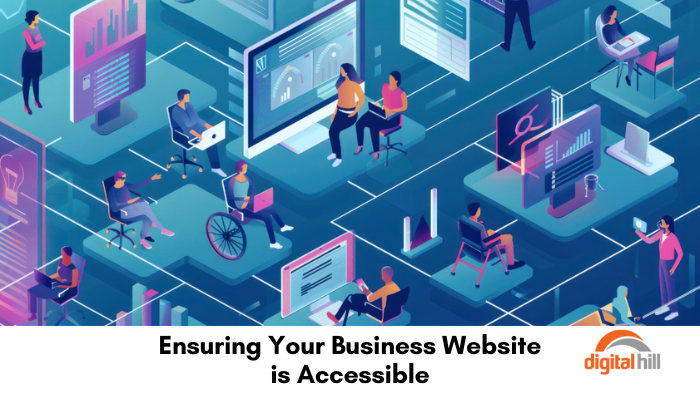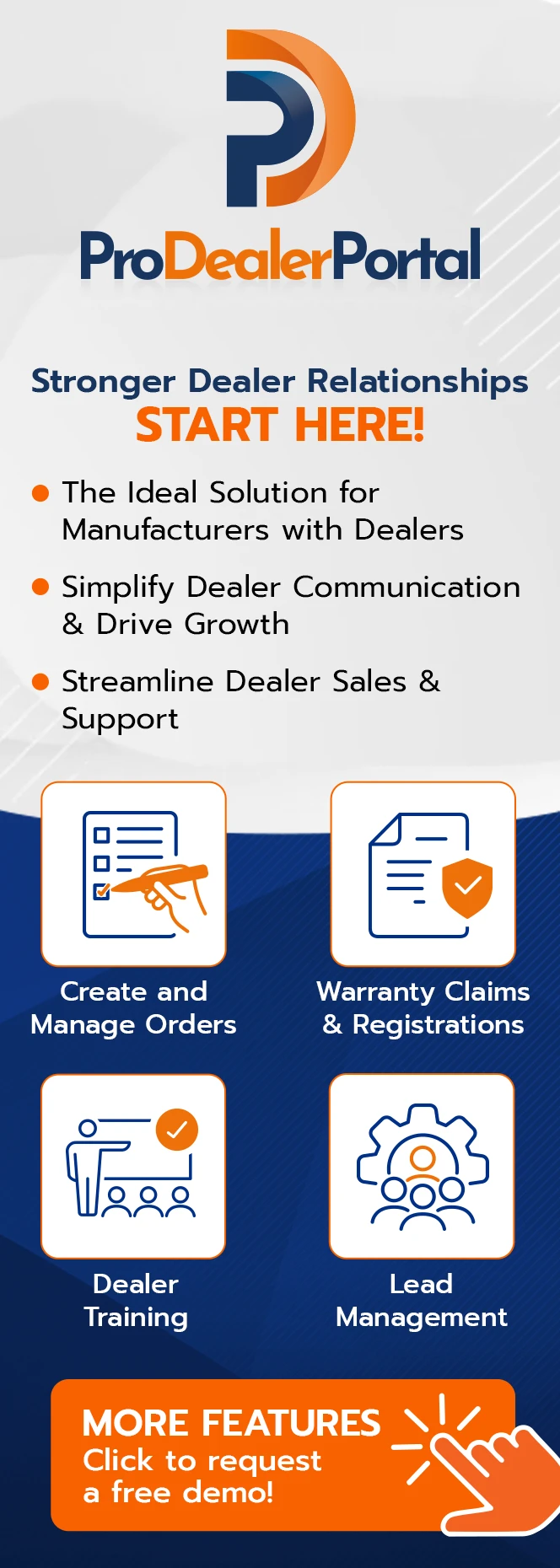Ensuring Your Business Website is Accessible

Providing accessibility to all patrons is a requirement for all physical and digital businesses. However, many businesses are unsure of what is required to make their website accessible. Below are the key strategies you should use in 2025 to ensure your business website is accessible and avoid potential lawsuits.
Familiarize Yourself with the Requirements
Regulatory compliance for accessibility requires all digital content to be able to reach all users. This includes website users with visual impairments. The full Web Content Accessibility Guidelines are internationally recognized and include perceivable, operable, understandable, and robust guidelines. Take the time to familiarize yourself with these guidelines as you implement smart strategies to improve the web experience for all users.
Use Universal Design Principles
Creating an accessible website begins by utilizing universal design principles that cater to diverse user needs. Incorporating inclusive design from the creation or redesign of your website helps address additional needs while ensuring flexibility for UI design. Universal design principles include using correct and descriptive alt descriptions for images and offering screen reader capabilities.
Address Accessibility Needs
While it may seem overwhelming to cater to a range of impaired users, proper design and forward-thinking can make this process simple. For visually impaired users, ensure that your website offers screen reader compatibility by using proper HTML structure and alt text for any visual elements. Hearing-impaired users will require visual alternatives for audio in the form of captions and transcripts. For users with motor skill impairment, ensuring keyboard navigation works is crucial. Finally, for users with cognitive impairments, keep your layout clean and simple with clear paragraph definitions.
Embrace Flexible and Simple UI
Enhancing digital accessibility is simple with flexible UI design. Utilize clear contrasting elements that work in conjunction with screen magnifiers and assistive software. Use accessibility plugins to allow users to scale fonts, change font color, and ability to enable text-to-speech. Test your website functionality on touch screens and on a computer without a mouse. This will ensure functionality on any device for any user, disabled or otherwise. Finally, ensure that navigation around your website is consistent across all web pages.
Make Information Perceptible
The best way to enhance user experience while also meeting accessibility requirements is to provide perceptible information through inclusive design. Utilizing clear, high-contrast colors, text, and images ensures that your website is easy to read for any user. Use clear, concise language to direct users to actions or additional information. Your business may also want to consider implementing braille display compatibility for users who use tactile devices.
Update Your Content to Meet New Guidelines
Utilizing accessibility plugins like AccessiBe will help your business to be aware of new guidelines and requirements as they are updated. These accessibility tools are designed to audit your website and offer recommendations to improve and enhance accessibility and user experience. These changes can also improve SEO performance as search engines consider accessibility within the search engine rankings.
In 2025 having an accessible website will be crucial for businesses looking to grow their audience and improve brand recognition. Furthermore, by embracing accessible web design features, your business website caters to all users regardless of ability, offering premium service 24/7. Ensure that you regularly audit your website and stay on top of any WCAG changes that occur so you always meet ADA requirements. Embrace accessibility UI design to make your website user-friendly and compliant as digital business becomes standard.
Not sure where to start or looking for a new ADA-compliant website for your business? Contact Digital Hill today for a free quote.
